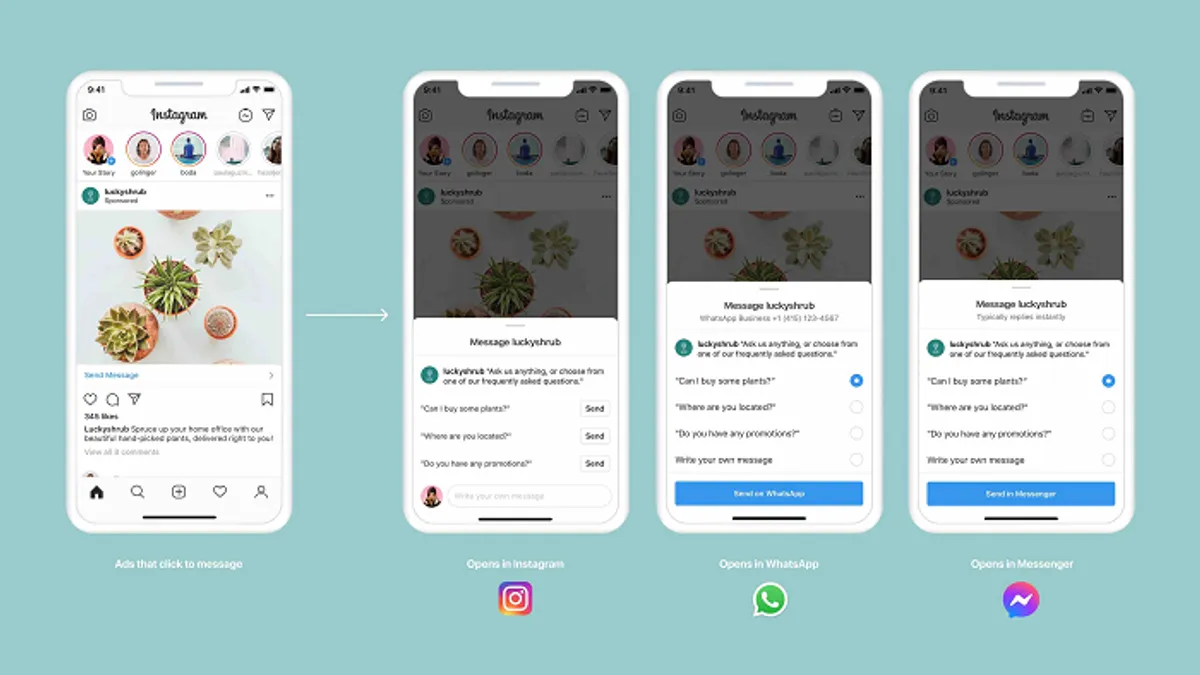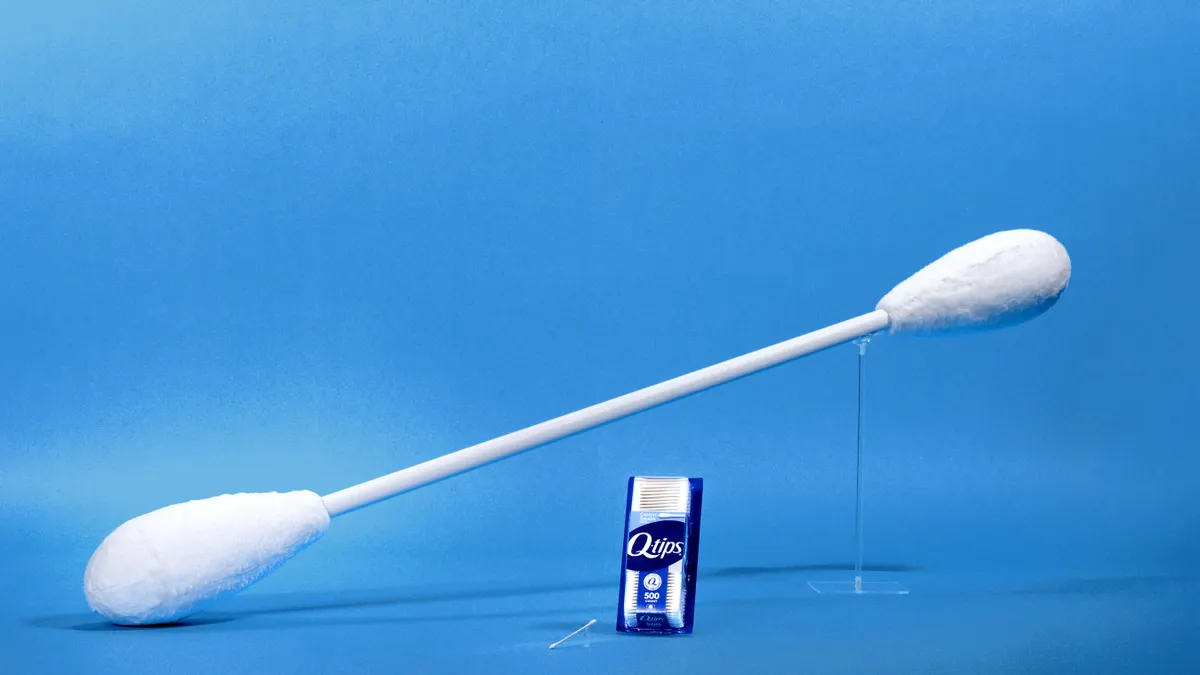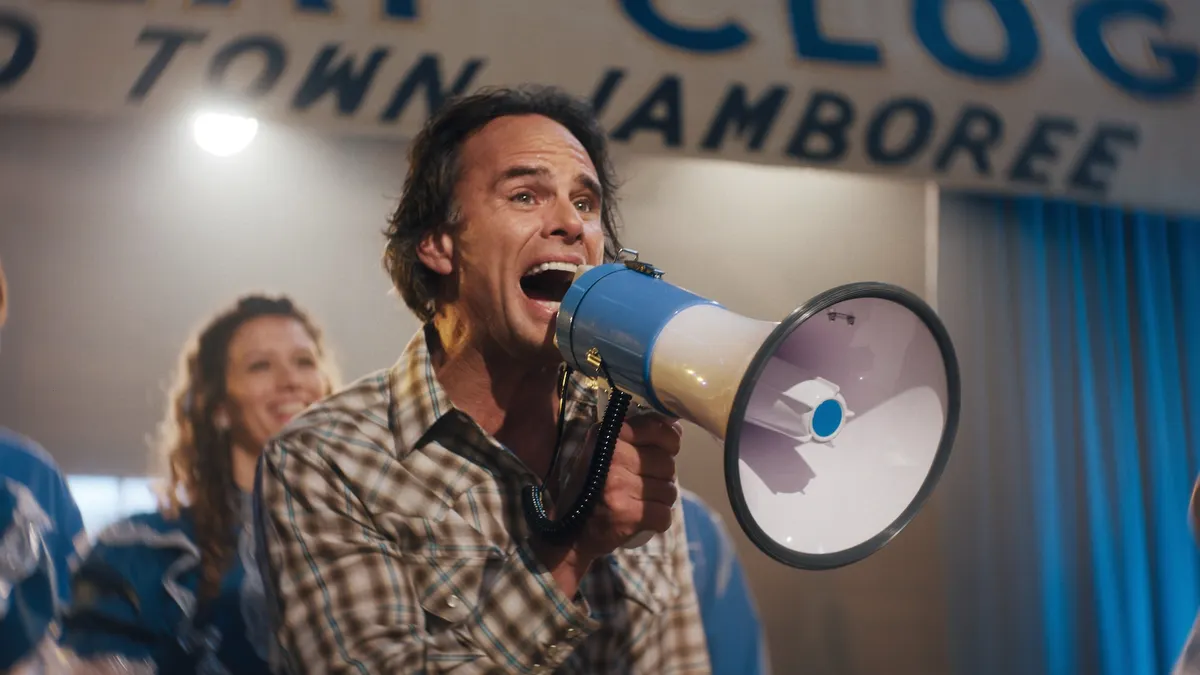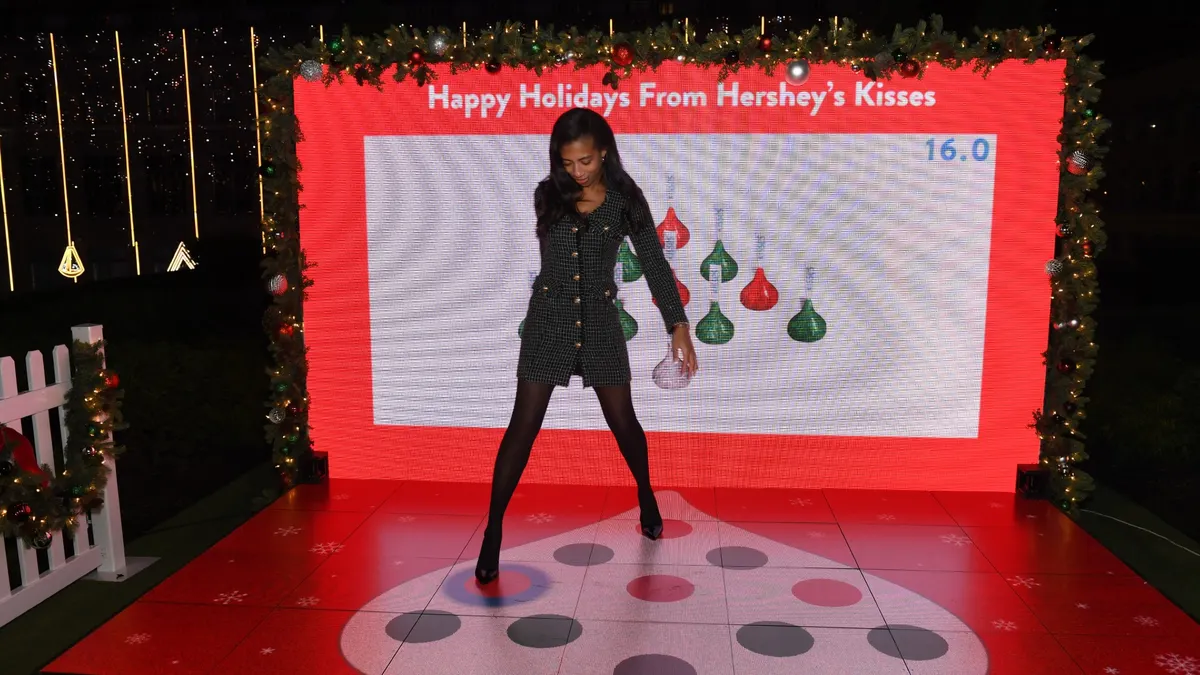The following is a guest post by Matt Woodruff, co-founder and chief product officer of marketing technology firm Constellation Agency. Opinions are the author's own.
As rivals to the digital ad duopoly of Google and Facebook, TikTok and Snapchat boast niche value propositions that aim to differentiate them from the incumbents. Snapchat uses immersive advertising to build an engaged community of consumers while TikTok is the premier destination for Gen Z. TikTok, especially, is the new kid on the block and extremely popular among the cohort, leading many brands to wonder whether they should shift ad spend from the duopoly to emerging contenders.
But little discussed is that duopoly rivals such as Snapchat, TikTok and Twitter simply lack the core digital ad capabilities that have made Google and Facebook so dominant. Google and Facebook are the masters of dynamic product ads (which allow for bottom-of-funnel personalization) with customizable dynamic creative capabilities.
I know "dynamic product ads" is ad-tech jargon. So, let's break down precisely what makes Google and Facebook the most effective ad platforms, how rivals can close the gap and what all this means for advertisers seeking to make the most of their digital spend.
Google and Facebook's differentiating factors
Dynamic product ads, or DPA, take product information the brand advertiser has uploaded and transform it into ads tailored to a consumer's interests and context. Suppose you're an auto manufacturer looking to drum up interest in a specific set of vehicles. Facebook and Google let you upload images, titles, descriptions and prices, and their ad tech will do the rest of the work for you, matching a product with a user who is highly likely to be interested.
Maybe the Facebook or Google user once clicked on an ad for the car on those platforms or visited your website. Maybe they simply fit the profile — say, female, 45 years old, with an annual income of $150,000 — of the sort of buyer who has most often responded to an ad for that vehicle. Google and Facebook have the technology needed to leverage that data to personalize ads and drive conversions.
To be sure, other companies besides the duopoly have delved into personalization. But Google and Facebook have nearly perfected DPA. First, the advanced ad platforms have unparalleled data on brands' target audiences, making them the most effective at targeting and measurement. Second, Google and Facebook offer industry-specific variants of DPA. The duopoly has gone furthest in tailoring automated ads to each industry, making ads easier to plug and play in-platform for autos, hotels and retailers, for instance. Third, DPA ads on Google and Facebook come with enhancements. Chief among them is that the same ad type can now feature more than just the stock image of a product and the total sales price. The variables that exist in any product feed — the material Google and Facebook use to transform product information into compelling, personalized ads — can be enhanced with a dynamic creative optimization (DCO) tool.
A DCO tool combines the power of DPA's personalization with a more visually compelling ad type, allowing advertisers to deliver thumb-stopping experiences that capture the customer's attention in increasingly cluttered online environments. DCO is the difference between a static, one-size-fits-all ad and a beautiful experience to jump-start the customer journey, the difference between catching a consumer's eye and blending into the background of a crowded feed.
But not every major ad platform allows for a DCO enhancement. This is yet another differentiating factor that separates the duopoly from competitors, making Google and Facebook the premier destinations for digital advertising.
How to close the gap
My advice to Snapchat, TikTok and other duopoly rivals is to treat the ad-tech contest the same way Burger King tackled the fast food arms race. McDonald's had already proved where the profitable franchise locations were, so Burger King built competing locations across the street.
Similarly, TikTok and its peers should build APIs that allow brands to create the most visually compelling ad units possible on their platforms. They should build out industry-specific ad capabilities to cater to autos, hotels and retailers, among others. In short, they should copy Facebook and Google's ad tech with the same relentlessness Facebook has shown in copying TikTok and Snapchat's user-facing products.
Of course, the duopoly's rivals are the new kids on the block, and those newer platforms should capitalize on that cool factor, pairing it with sophisticated ad tech to build potentially more compelling value propositions than the aging giants can offer. If TikTok and Snapchat provided the same ad capacities as older rivals, they would have a stronger claim to being the top venues for digital ads, as they have a hold on the coveted Gen Z demographic that appears to be quitting Facebook in droves.
What the digital ad divide means for brands
Brands often ask their ad-tech partners whether they should invest more in Snapchat and TikTok. Brand executives see their kids glued to these apps or they may have fallen in love with them themselves, and they are correct in thinking these are among the destinations where the future of the attention economy will be won. At the same time, the emerging platforms do not offer the same capabilities as the duopoly, and therefore not the same return on ad spend, which is what has made Google and Facebook the dominant digital ad players for more than a decade.
My recommendation, then, is for advertisers to continue to focus ad spend on the proven platforms with the most data and advanced means of connecting with consumers, meaning Google and Facebook. But that does not mean brands should ignore other major platforms, which have their unique selling points. Gen Z-focused campaigns would be a natural place to divert some spend to TikTok and Snapchat. In addition, brands might consider testing marketing formats that feel native to the younger platforms, such as full-screen mobile video ads.
Ultimately, one might apply Occam's razor to the digital ad landscape, meaning the simplest option is usually the best. Google and Facebook remain the top options for sound reasons, and advertisers would do well to stick with proven partners while exploring the DCO capabilities that set them apart. However, standing by old friends does not preclude meeting new ones.





















